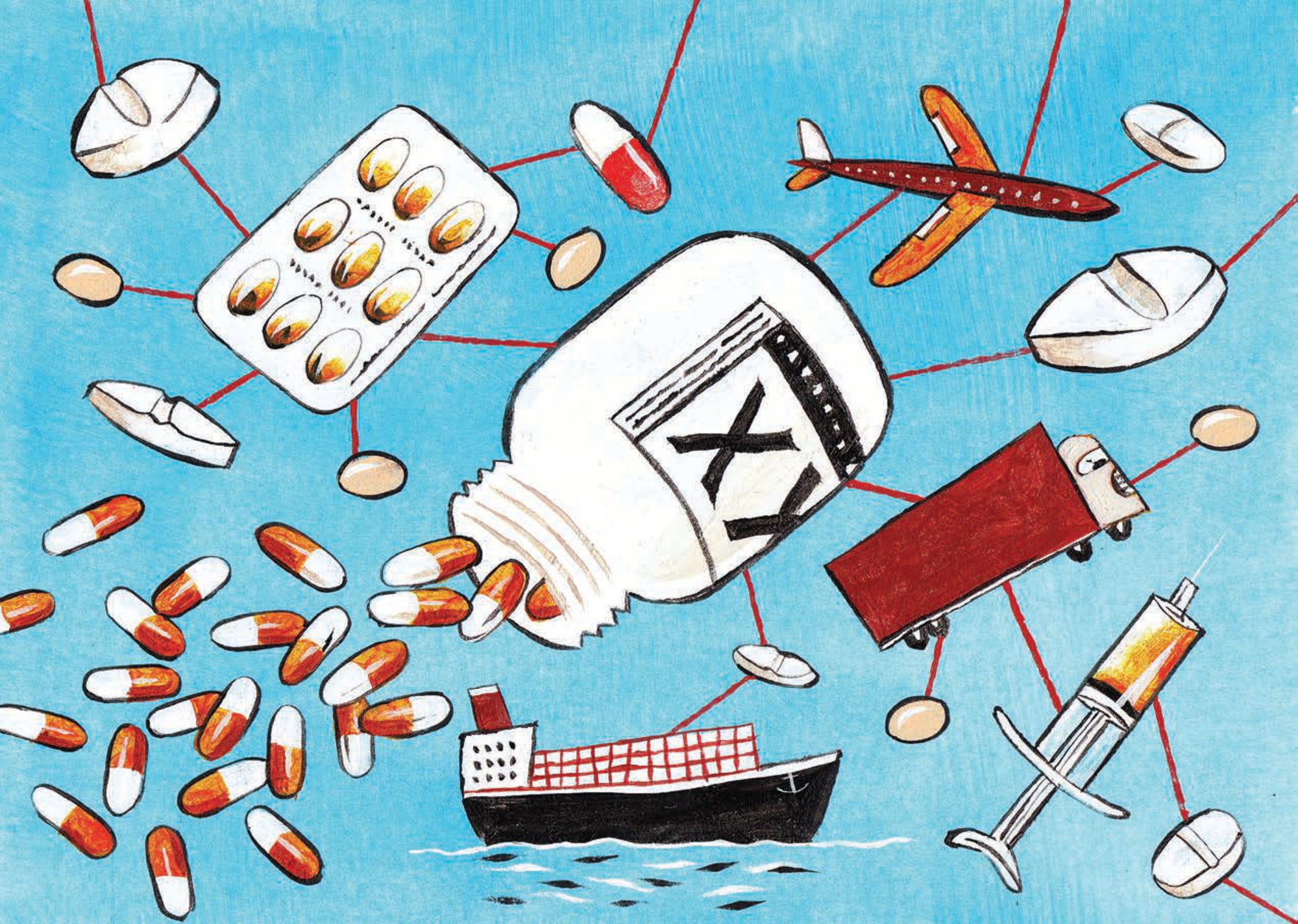This report, one in a series of studies by the OECD and the European Union Intellectual Property Office (EUIPO), is designed to enhance understanding of the issues and challenges facing governments, businesses and society posed by the trade in fake pharmaceutical products.
Illicit markets for counterfeit pharmaceuticals are attractive for counterfeiters, given their high profit margins, low risks of detection and prosecution, weak penalties, and the ease with which consumers can be deceived into believing that the counterfeit products are genuine. In 2016, international trade in counterfeit pharmaceuticals reached USD 4.4 billion, threatening public health and safety, while enriching criminals and organised crime. This does not include a very large volume of domestically produced and consumed illicit pharmaceuticals. Counterfeit medicines not only cause economic damage for the sector, but are also a significant threat to public health, since they are often not properly formulated and may contain dangerous ingredients.
Over the period 2014-2016, seized counterfeits included medicaments for serious diseases, including malaria, HIV/AIDS and cancer. They also included antibiotics, lifestyle treatments, pain killers, diabetes treatments and central nervous system medicines.
